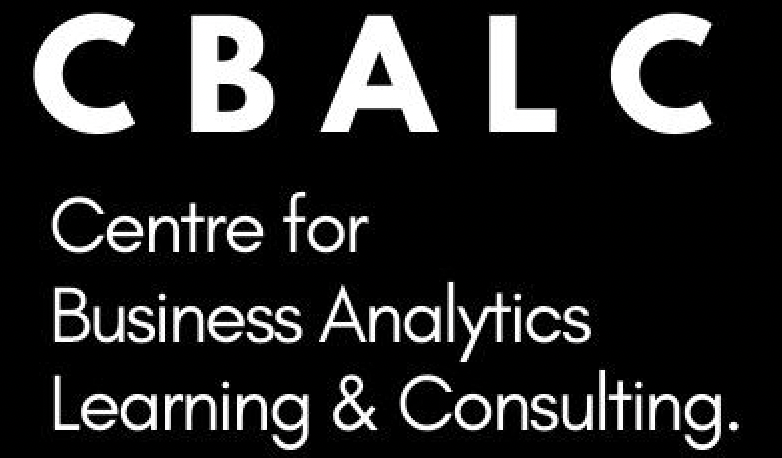Table of Contents
- Introduction
- Understanding Employee Burnout
- The Impact of Employee Burnout on Organizations
- Identifying Burnout Through HR Analytics
- Leveraging HR Analytics to Address Burnout
- Case Studies of Effective Burnout Prevention Strategies
- Frequently Asked Questions
Introduction
Employee burnout has become a prevalent and pressing concern in today’s fast-paced and demanding work environments. Burnout, defined by the World Health Organization (WHO) as “a syndrome conceptualized as resulting from chronic workplace stress that has not been successfully managed,” can manifest in various forms, including emotional exhaustion, cynicism, and reduced professional efficacy.
The pervasiveness of burnout is alarming, with studies indicating that up to 70% of employees experience burnout at some point in their careers. This issue not only affects individual well-being but also has significant repercussions for organizations, leading to decreased productivity, increased absenteeism, and higher turnover rates.
In this blog post, we will delve into the role of HR analytics in identifying and addressing employee burnout. We will explore how organizations can leverage data-driven insights to proactively identify burnout risks, implement effective prevention strategies, and foster a healthier and more productive work environment.
Understanding Employee Burnout
Employee burnout is a state of emotional, physical, and mental exhaustion caused by prolonged or excessive stress. It is characterized by a combination of symptoms, including:
- Emotional exhaustion: Feeling overwhelmed, drained, and emotionally detached from work
- Cynicism: A negative and detached attitude towards work, accompanied by feelings of disillusionment and apathy
- Reduced professional efficacy: A diminished sense of accomplishment and competence at work
Burnout can have detrimental effects on both individuals and organizations. For employees, it can lead to decreased job satisfaction, increased absenteeism, and a higher risk of developing mental health conditions such as depression and anxiety. For organizations, burnout can result in reduced productivity, increased turnover costs, and damage to the company’s reputation.
The Impact of Employee Burnout on Organizations
Employee burnout is a significant issue for organizations of all sizes and industries. It can lead to a multitude of negative consequences, including:
- Reduced productivity: Burnt-out employees are less engaged, less motivated, and less productive, leading to decreased output and overall business performance.
- Increased absenteeism: Employees experiencing burnout are more likely to take sick leave, resulting in higher absenteeism rates and disruptions to workflow.
- Higher turnover rates: Burnt-out employees are more likely to seek employment elsewhere, leading to increased turnover costs and a loss of valuable talent.
- Damage to company reputation: A high rate of employee burnout can damage a company’s reputation and make it difficult to attract and retain top talent.
- Increased healthcare costs: Burnout can contribute to mental and physical health problems, leading to higher healthcare costs for both employees and employers.
Identifying Burnout Through HR Analytics
HR analytics play a crucial role in identifying and addressing employee burnout. By analyzing various data sources, HR professionals can gain valuable insights into employee well-being, work patterns, and potential burnout risks.
Here are some key data sources that can be used for burnout analysis:
- Employee surveys: Surveys can provide direct feedback from employees on their levels of stress, engagement, and satisfaction.
- Performance data: Changes in performance metrics, such as productivity, absenteeism, and error rates, can indicate potential burnout issues.
- Attendance data: Frequent absences, especially on Mondays or Fridays, can be a sign of burnout.
- Email and communication data: Analyzing email patterns, such as increased after-hours communication or decreased responsiveness, can reveal potential burnout risks.
- Exit interview data: Exit interviews can provide insights into the reasons why employees leave, which may be related to burnout.
Leveraging HR Analytics to Address Burnout
Once burnout risks have been identified through HR analytics, organizations can take proactive steps to address the issue and promote a healthier work environment. Here are some effective strategies:
- Implement flexible work arrangements: Offering flexible work options, such as teleworking or flexible scheduling, can help employees achieve a better work-life balance and reduce stress.
- Promote open communication: Encourage open communication between managers and employees to identify and address burnout concerns early on.
- Provide employee wellness resources: Offer access to employee assistance programs, mental health counseling, and wellness programs to support employee well-being.
- Recognize and reward employee contributions: Regularly recognize and reward employee achievements to boost morale and foster a positive work environment.
- Review and adjust workloads: Assess and adjust workloads to ensure they are manageable and aligned with employee capabilities.
- Provide training and development opportunities: Offer training and development opportunities to help employees grow professionally and reduce monotony.
Case Studies of Effective Burnout Prevention Strategies
Several organizations have implemented successful burnout prevention strategies using HR analytics. Here are a few examples:
Case Study 1: Google
Google has employed HR analytics to identify and address employee burnout risks. By analyzing data from employee surveys, performance metrics, and communication patterns, Google has implemented various strategies to promote employee well-being, including flexible work arrangements, open communication channels, and comprehensive wellness programs.
Case Study 2: IBM
IBM has leveraged HR analytics to identify burnout risks among its workforce. By analyzing data from employee surveys, attendance records, and performance metrics, IBM has implemented targeted interventions, such as workload adjustments, training and development opportunities, and employee assistance programs.
Case Study 3: Salesforce
Salesforce has adopted HR analytics to proactively address employee burnout. By analyzing data from employee surveys, communication patterns, and performance metrics, Salesforce has implemented various initiatives, including flexible work arrangements, employee wellness programs, and a culture of recognition and appreciation.
These case studies demonstrate how HR analytics can be effectively used to identify and address employee burnout, leading to a healthier and more productive workplace.
Conclusion
Employee burnout is a serious issue that can have detrimental effects on individuals and organizations. HR analytics plays a crucial role in identifying and addressing burnout risks, enabling organizations to create a healthier and more productive work environment. By leveraging data-driven insights and implementing effective prevention strategies, organizations can foster a culture of well-being and enhance employee engagement, leading to long-term success.
Frequently Asked Questions
Q: What are the key signs of employee burnout?
A: The key signs of employee burnout include emotional exhaustion, cynicism, and reduced professional efficacy. Other symptoms may include decreased productivity, increased absenteeism, and changes in sleep patterns.
Q: How can HR professionals use HR analytics to identify burnout risks?
A: HR professionals can use various data sources, such as employee surveys, performance data, attendance data, email and communication data, and exit interview data, to identify potential burnout risks.
Q: What are some effective strategies to address employee burnout?
A: Effective strategies to address employee burnout include implementing flexible work arrangements, promoting open communication, providing employee wellness resources, recognizing and rewarding employee contributions, reviewing and adjusting workloads, and providing training and development opportunities.
Q: How can organizations measure the impact of their burnout prevention strategies?
A: Organizations can measure the impact of their burnout prevention strategies by tracking metrics such as employee engagement, satisfaction, absenteeism, turnover rates, and healthcare costs.







